Michael Horsky / Amores perros / 14.11 - 09.01 / 2015
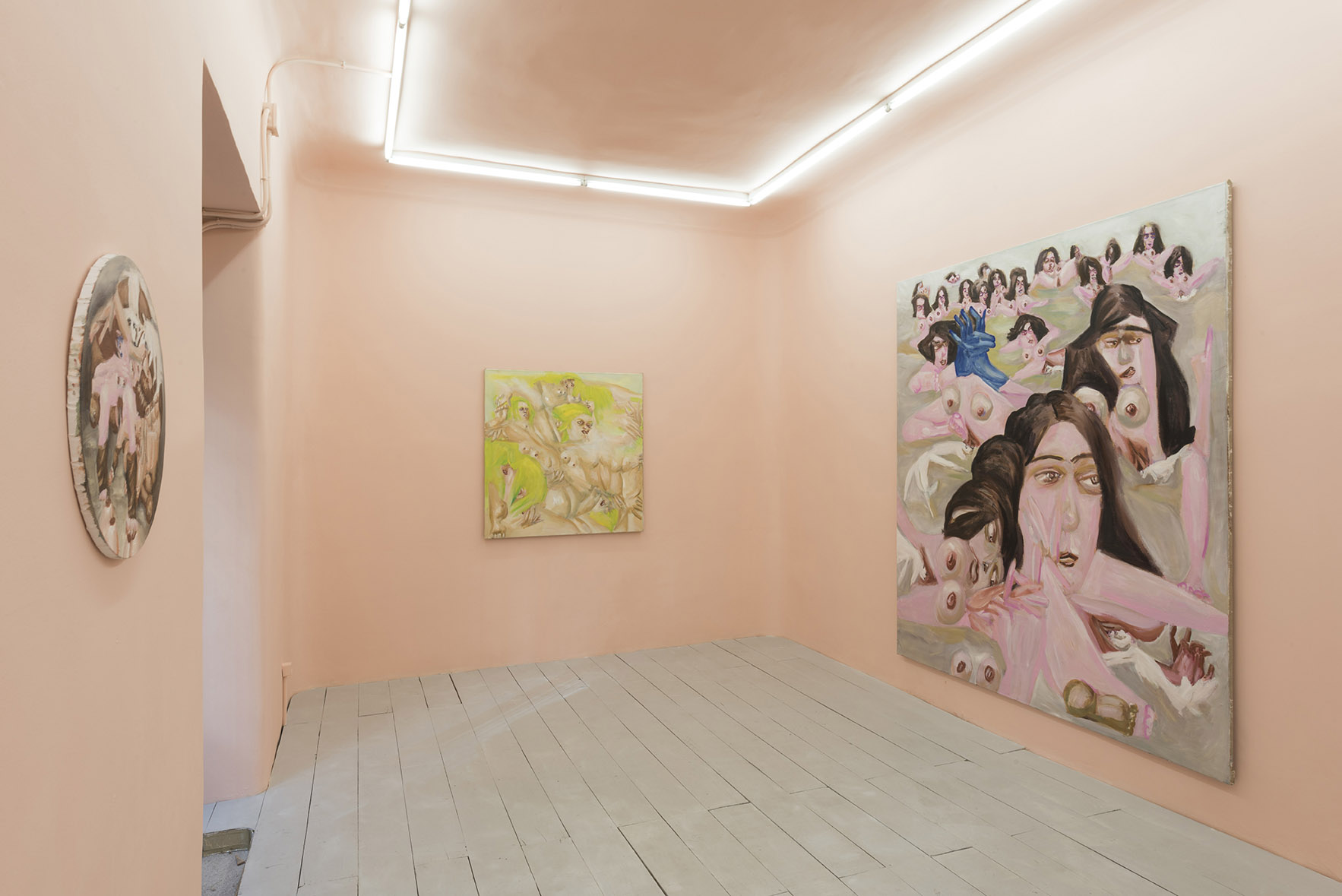
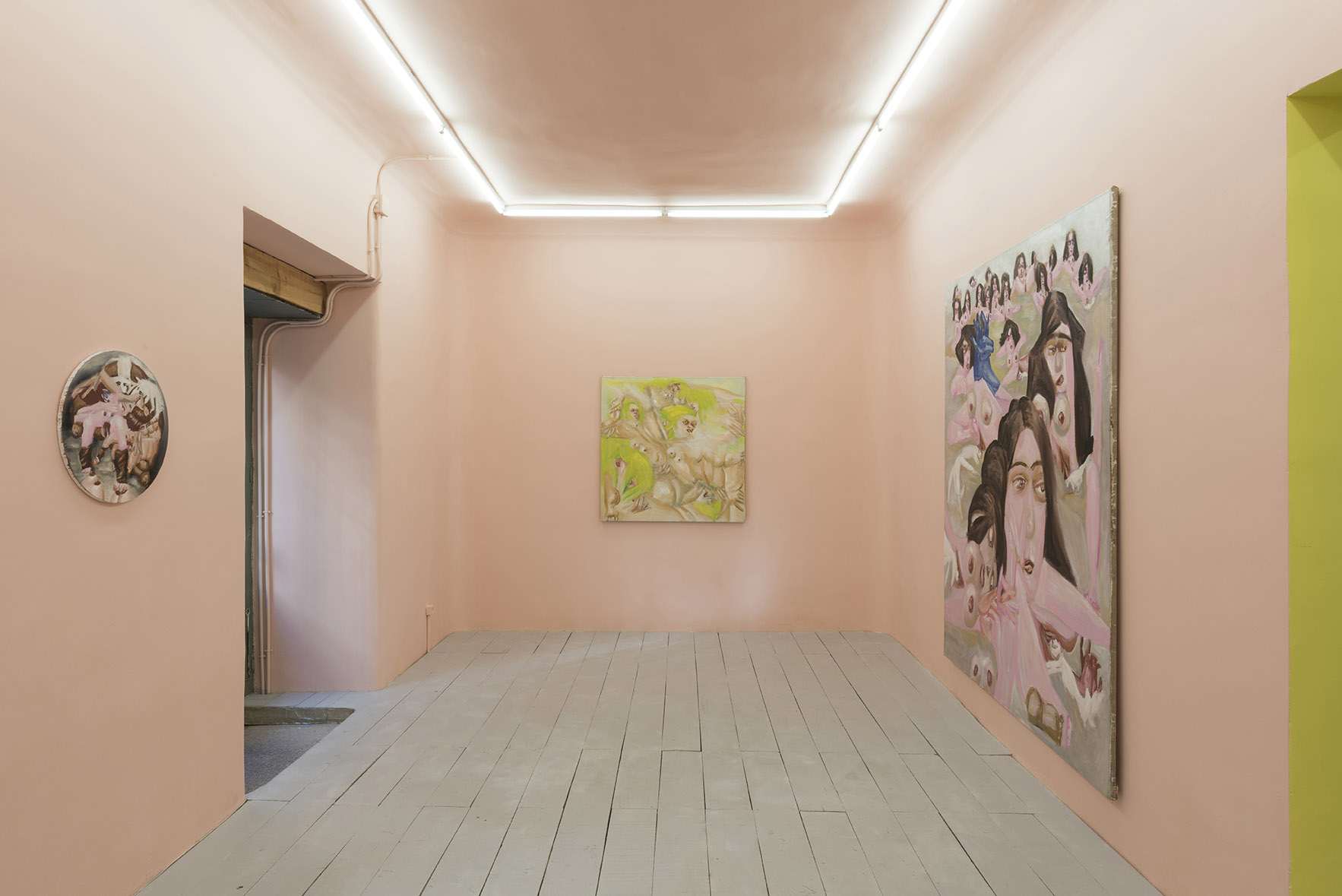
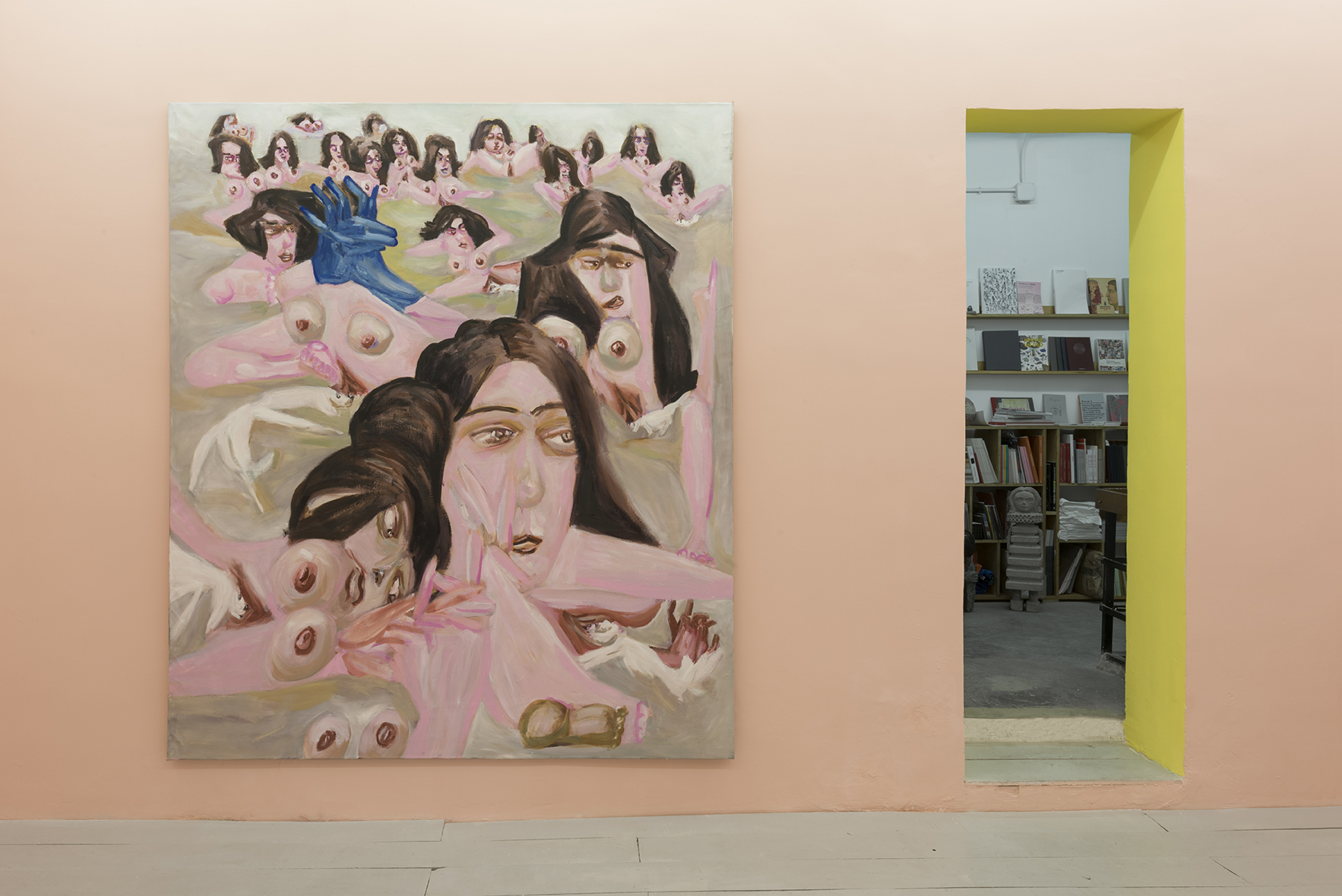
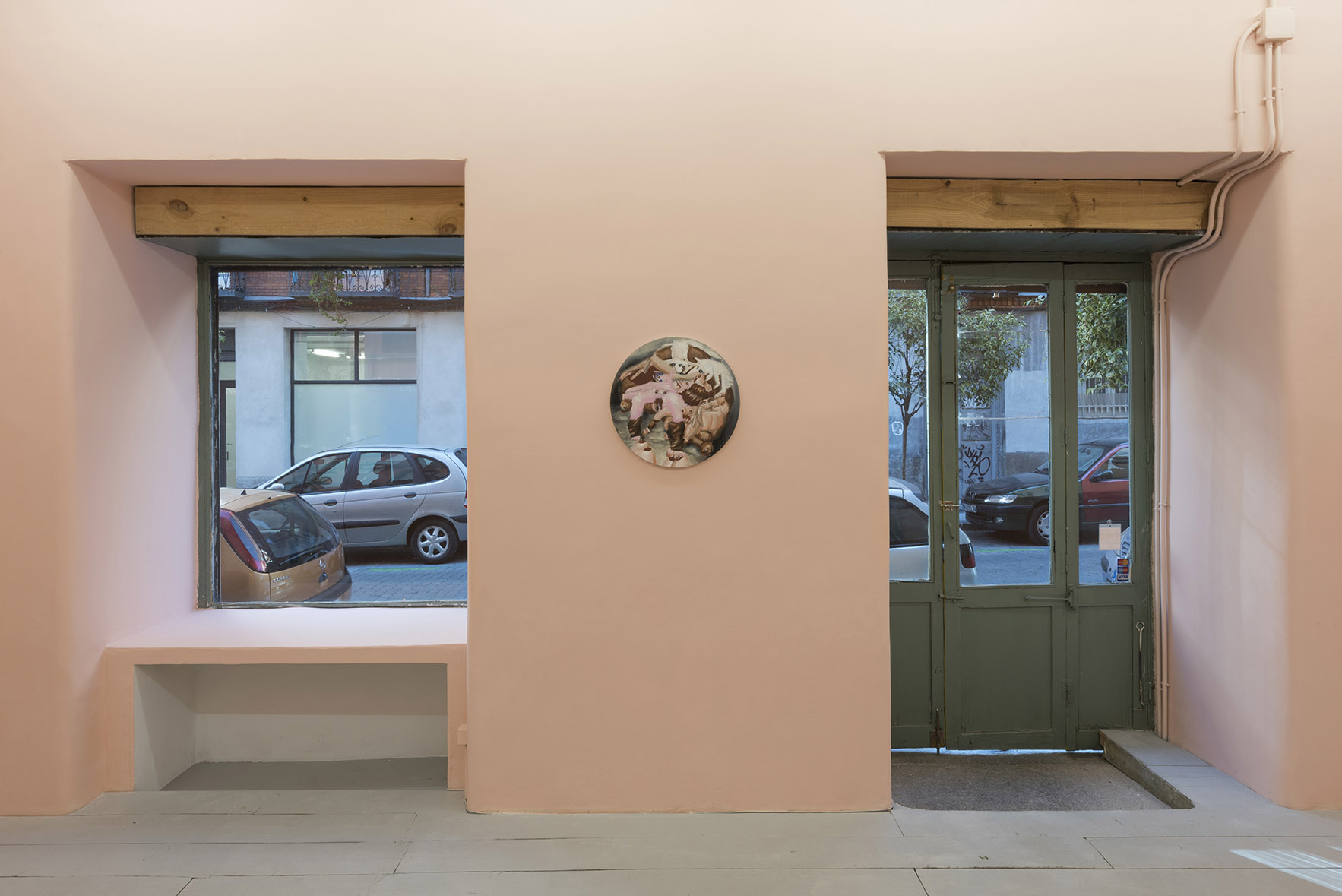
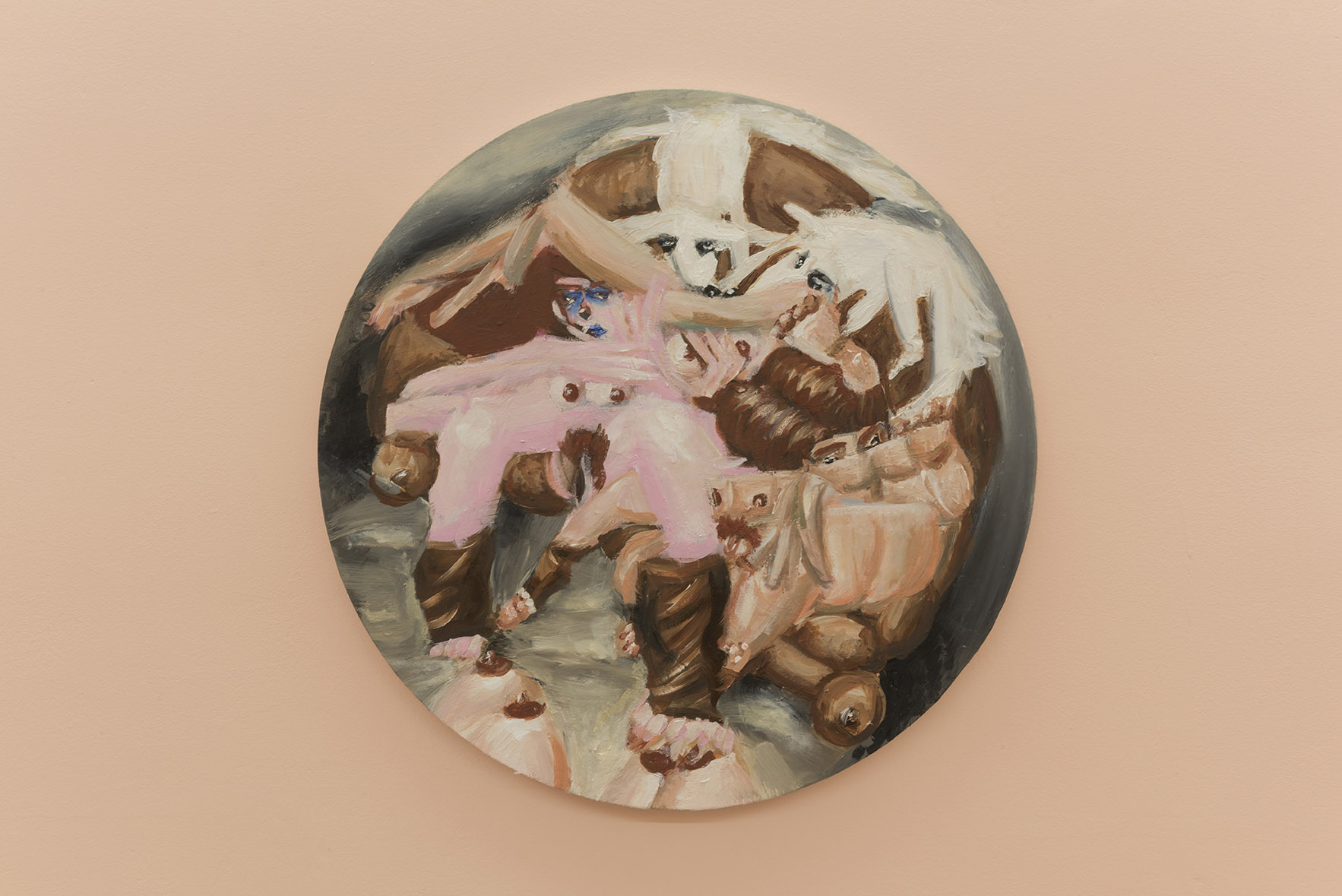
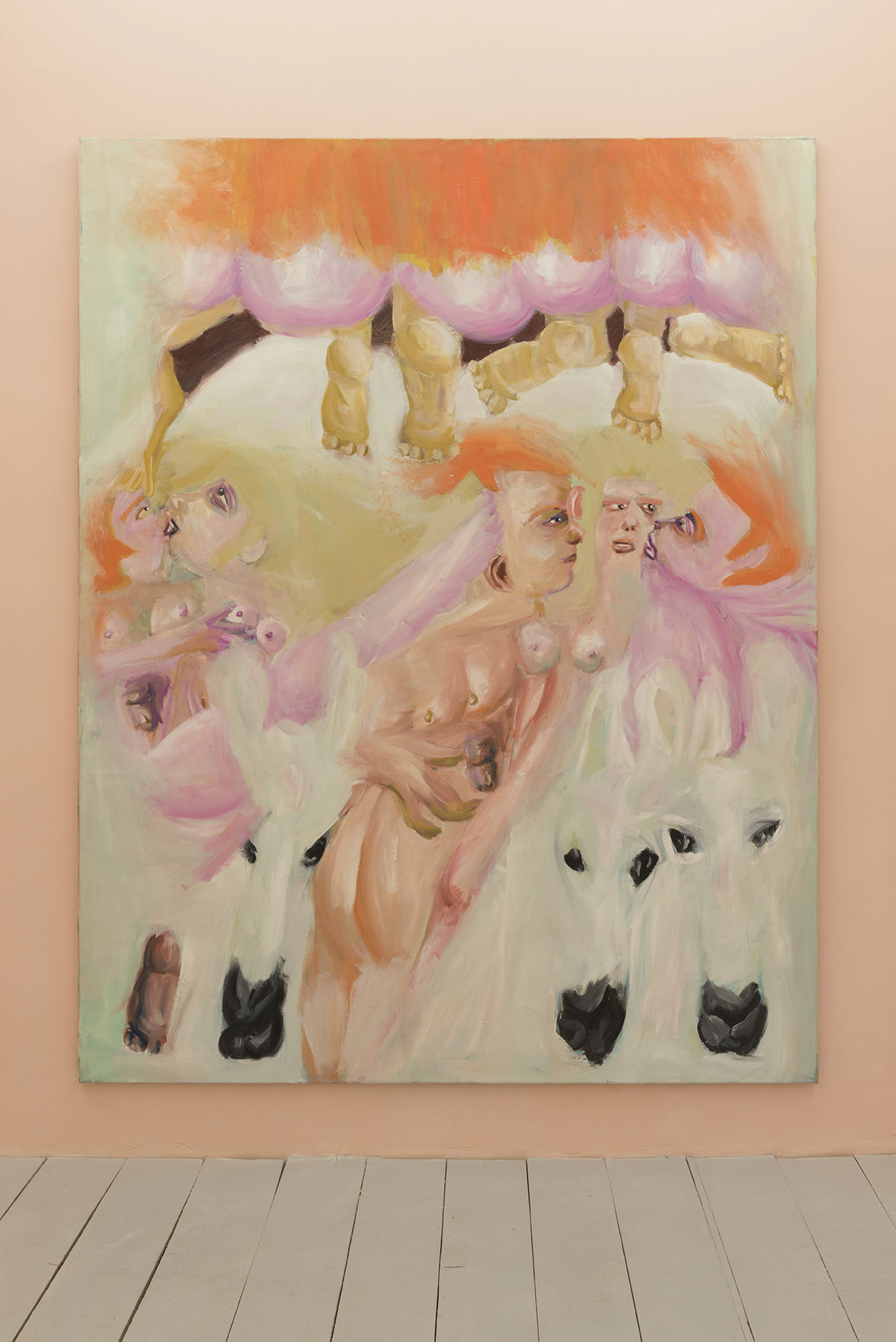
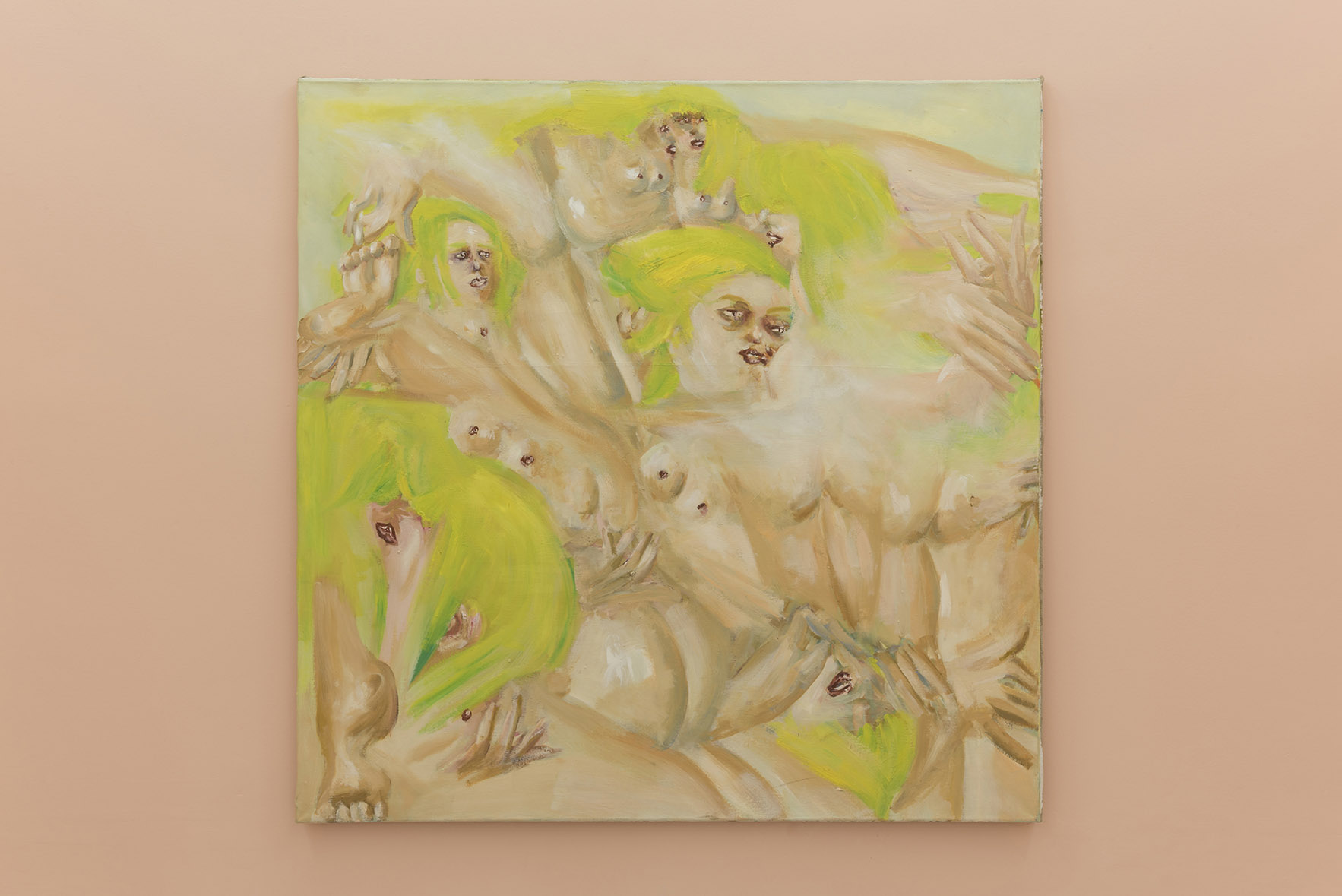
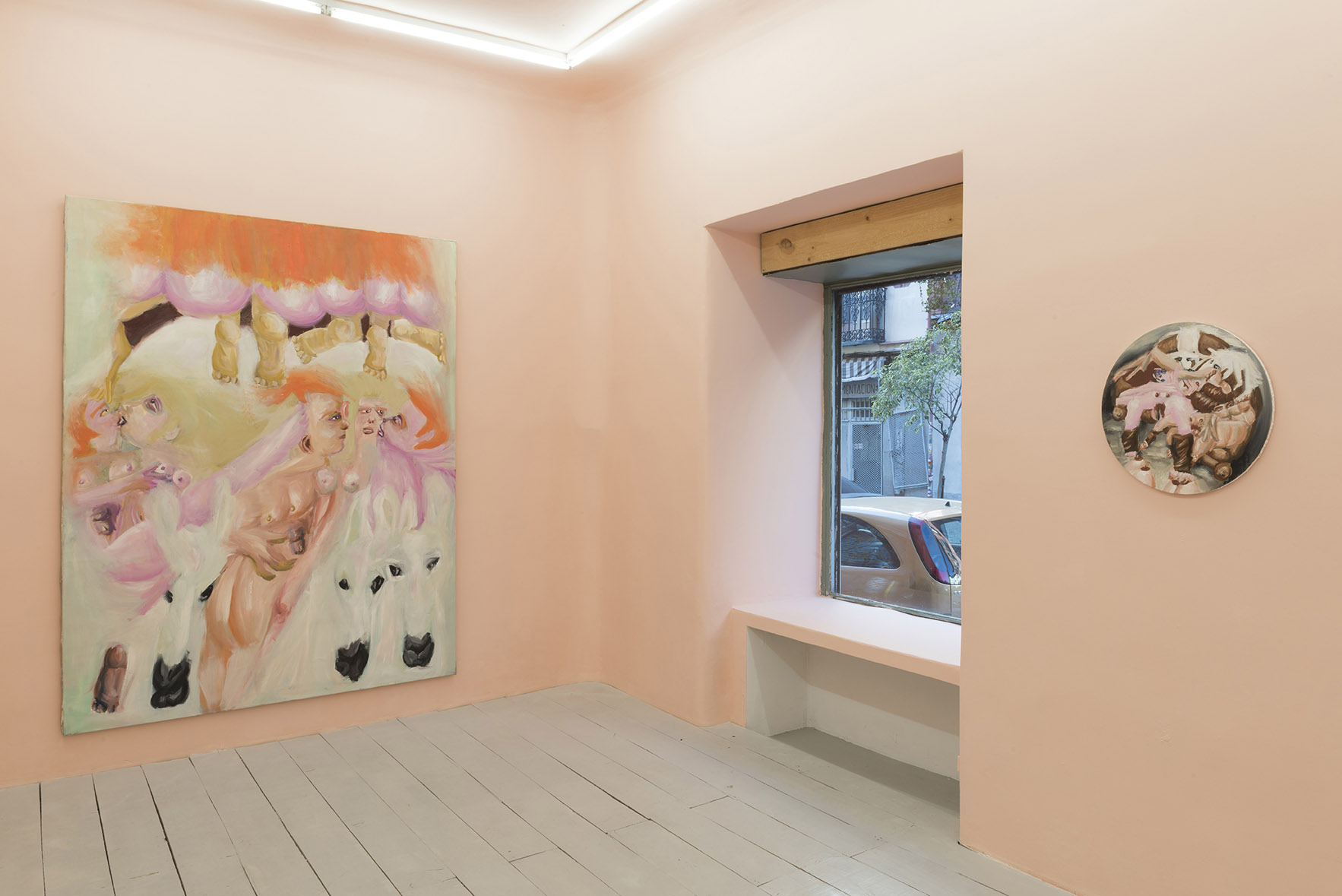
The combination of such brazen scenes and such a singular palette make it tempting to imagine that Michael Horsky's paintings are the progeny that would have resulted if Goya's cartoons had been painted by De Sade. Horsky practises a painting so rude to the spectator that it would fail were it not for the fact that there is something hypnotic in his works that forces us, amid the heap of bodies, so many gonads and so much aberration, to continue looking at them.
Even though Horsky's painting is figurative, his commitment to representation is open to doubt, not just because of the way his subjects are fragmented and remixed, but because of the fluidity of his brushwork, which is fundamentally decisive and placed at the service, not of figuration, but of a sensuality that reveals itself through the voluptuousness of the colours. The inhabitants of his tumultuous scenarios are heaped up and gasified and, as a result of the dissolution of their edges, we are offered a kind of profoundly pictorial, powerfully colouristic vapour.
The formless, as philosophers have said at length, tends to be immoral. In our nostalgia for clear and different ideas, we remember that confusion only leads to failure. The crudeness of the scenes Horsky paints is based on this idea and is twisted by the artist through his use of traditionally decorative forms: pastels and oval and round formats. Decorative, deeply bourgeois art demands the soothing and the inoffensive. In contrast, Horsky presents a catalogue of deformities and elongations that are unlikely ever to preside over a tearoom. Clearly, it is not just a matter of the gruesome nature of the scenes but the way they are produced. In the line or brushstroke, we see a selfless determination, a violent and contingent exercise that applies the colour of an intentionally kitsch palette. The spectacle Horsky portrays confronts the spectator, and only if the viewer is able to hold its gaze beyond his initial and more than justified rejection of it can he enjoy the sensuality of a sinuous and playful painting. The ease with which Horsky resolves expressions and gestures is very often astonishing. He paints by layers and the final scene, the one closest to the surface, does not necessarily tell of the others. Horsky's painting buries his subjects without any concern for them or, for that matter, the spectator. Horsky is only interested in his painting and is prepared to ride roughshod over everyone and everything else.
Joaquín Jesus Sánchez